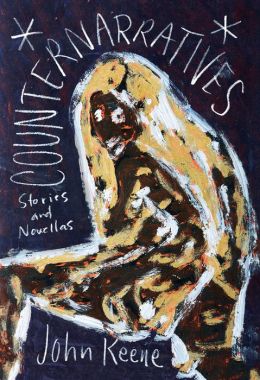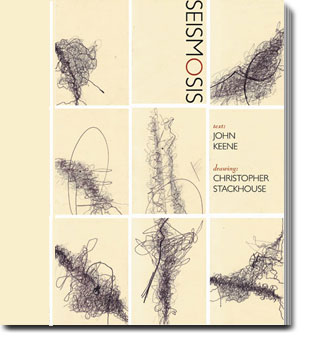To that end, Kelly Baker Josephs, Associate Professor of English at York College, CUNY, has edited a new issue of Anthurium: A Caribbean Studies Journal (Vol. 14, No. 1) devoted to Paule Marshall's life and work. The issue comprises a range of essays that offer ways of thinking and reading Marshall's writing, particularly around the theme of Black women--especially Black Caribbean women--and personhood, as Baker Josephs frames it in her introduction. Other contributors include Marlene Clark on Marshall's prescient understanding of "slumming" and gentrification in Brooklyn; Justin Haynes reading Marshall's The Timeless Place, The Chosen People through the lens of the posthuman; and Shirley D. Toland-Dix on Marshall's rereading of The Tempest.
Also in the issue are Janelle Rodriques on Afrofuturistic diaspora in Marshall's Praisesong for the Widow; Petal Samuel on "regimes of aural discipline" in Marshall's The Fisher King; Patricia G. Lespinasse on women and jazz in that same novel; Lia Bascomb on mapping Diaspora "through biomythography"; and Jason Hendrickson on speech, resistance, and the ongoing relevance of Marshall's work. I contributed a short piece that began as response to questions posed by Baker Josephs, about having studied with Paule Marshall, which was one of the best classroom experiences I had at NYU.
I'll end by quoting Baker Josephs's insightful introduction, and urge you to check the full issue out:
The very different approaches to Chosen Place included in this issue indicate how fertile it can be for us at this historical moment, in which one has to cull the past to understand the roots of—and to locate resources with which to combat—contemporary traumatic social and political violences. In “Ghosts in the Posthuman Machine: Prostheses and Performance in The Chosen Place, the Timeless People,” Justin Haynes reads the interaction between humans and machines in the novel as the space within which we might examine the limits of resistance and mobility then and now. Haynes’ reading of Vere’s Opel is especially compelling amidst current controversies about autonomous automobiles. More interested in the timeless challenges of human interaction in the novel, Shirley D. Toland-Dix reads the novel as Marshall’s “audacious” reimagining of the Caliban-Prospero dyad via the Merle-Harriet dyad. TolandDix’s careful reading of the interactions between these two complex characters against the larger backdrop of the novel and its concerns argues for the ways in which Marshall articulates and anticipates the later demands of black and third world feminist movements.
In particular, the dynamic Marshall probes between socially (and often financially) privileged white women and less powerful women of color illustrates the implicit “limits of personhood” that plague attempts at intersectionality (when attempts are made at all). The direct link in the novel between Harriet’s choices and the failure of the Bournehills project foregrounds the blind enactment of privilege that we see criticized today in similar “development” projects. Harriet’s consistent alignment with power, even as she professes otherwise, may also evoke for readers comparable contemporary moments in which race and class privilege prevail over the promise of gender and sex equality—think here of the demographic breakdown of results in the 2016 United States presidential election, with 53% of white women voting for Donald Trump while 94% of black women voted for Hillary Clinton. One can easily see parallels between Merle’s insistent (especially about Harriet’s complicity) and Angela Peoples’ iconic 2017 Women’s March photo.

















